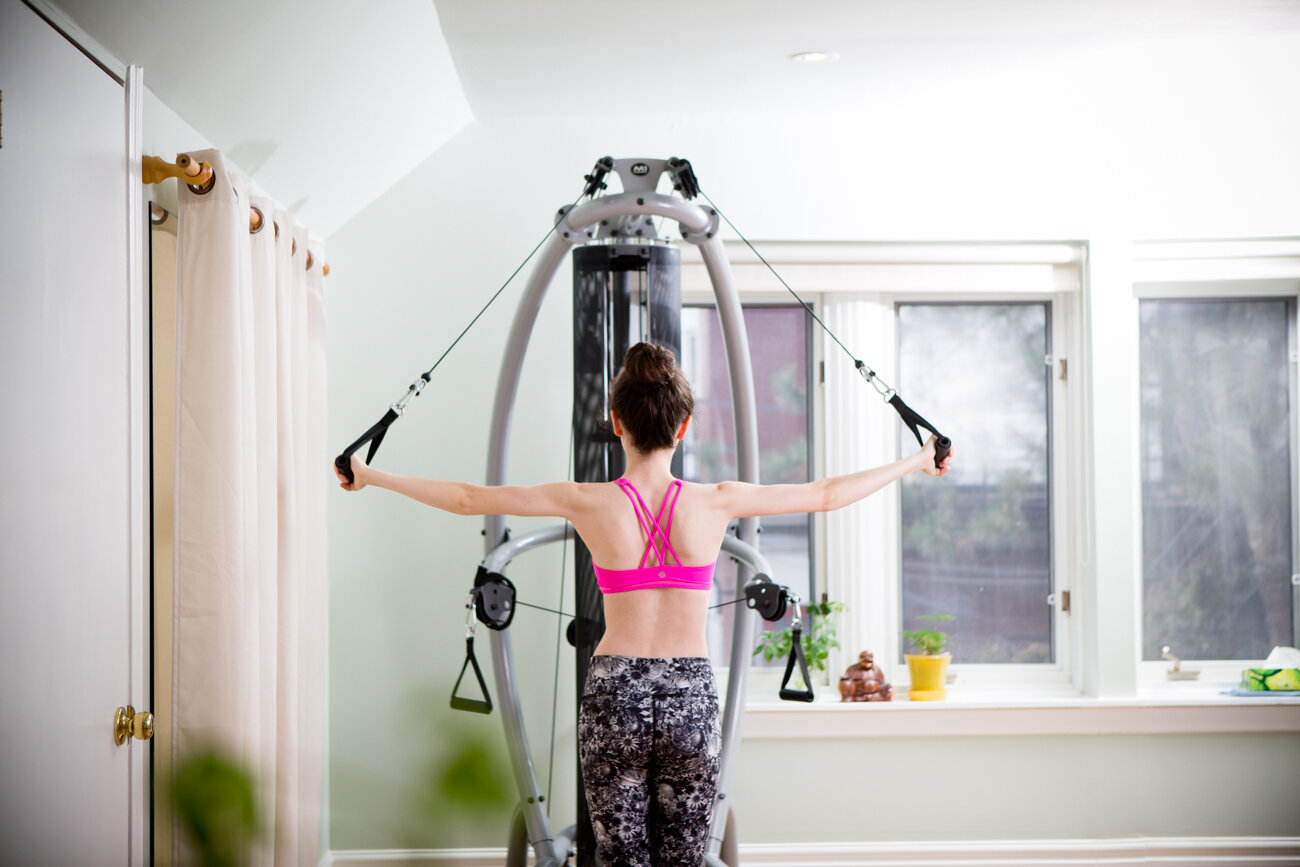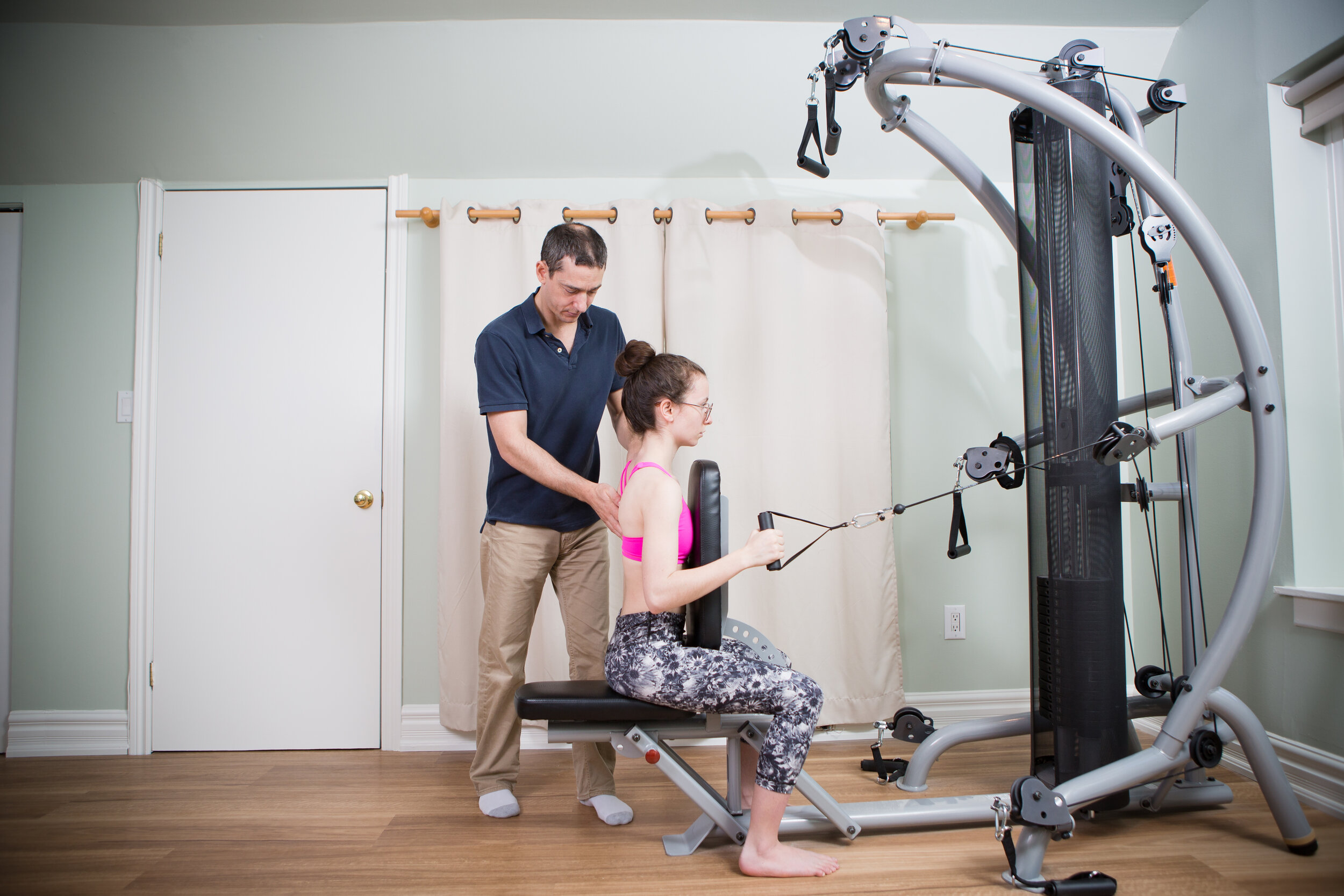In this first article on my series about Scoliosis Treatment I list the steps I go through to treat a new client with scoliosis. In future articles I will write about each step and explain in a bit more detail what’s involved. Let’s get started!
Step One – Read and interpret your X-rays and radiologist’s report.
Sometimes there can be some medical jargon in a radiologist’s report that is difficult to understand. It can also be hard to know exactly what to look at when reviewing an X-ray. At the consultation appointment I go through your X-rays and radiologist’s report with you. I can “translate” any medical jargon and help you completely understand the significance of your X-ray and the report that is associated with it. I answer any questions you may have about your diagnosis and explain my treatment approach.
Step Two – Assess your posture and coordination.
One of the most common methods for assessing scoliosis is the Adams Test. I use the Adams Test and my own assessment tools to get a clear picture of your posture and coordination. The goal of scoliosis treatment is to help you have as upright and symmetrical a posture and coordination as possible. This is the best way to ensure that your spine remains supported, your curve doesn’t grow, and you avoid surgery. The key to achieving these goals lies in identifying the compression areas in your torso that correspond to your scoliotic curves, and creating volume and vitality in these areas.
Step Three – Posture and proprioception training with a full-length mirror.
Effective scoliosis treatment is, most importantly, posture and proprioception treatment. Not only do I teach a variety of exercises to help you improve your posture and proprioception, but every subsequent exercise you do, whether it is for stretching, strengthening, or mobilizing, will always be considered first and foremost as a posture and proprioception exercise. Your posture comes first and the exercise second.
Step Four – Create a custom exercise routine.
Your exercise routine will involve stretching, strengthening, and mobilizing exercises that will be designed to address the specifics of your body and scoliotic pattern. The goal of your exercise routine has two parts that run concurrently. 1. To generally improve your whole-body flexibility and strength. 2. To bring intensive attention to helping you have a more symmetrical and upright posture. A large part of this work involves creating volume and vitality in the compression areas of your torso.
Step Five– Provide manual treatment.
Manual treatment is useful for working muscles and fascia in a way that complements your exercise routine, and also affects areas of your body more directly and effectively than exercise training alone is sometimes able. As with your exercise routine, manual treatment aims to 1. Bring volume and vitality to your compression areas. 2. Work on other areas of restriction or imbalance, which may not be directly caused by your scoliosis, but which – when addressed – will make your scoliosis treatment more successful.
Step Six – Review and expand steps three to five.
There is a lot to take in at the beginning of your scoliosis treatment and I don’t want you to feel overwhelmed. We begin with me teaching you a basic set of exercises that will help you get used to the posture work you’ll need to learn. Once you’ve got the basics, we can refine the exercises depending on where your strengths lie and what you find more challenging. As you progress, I will increase the complexity and challenge level of your exercises. As the difficulty of exercises increase, your scoliotic habits tend to become easier to spot. You’ll develop the ability to resist your scoliotic habit and improve your posture, proprioception, and coordination. In tandem with reviewing and adjusting your exercise routine, I’ll also adapt manual treatment to best support your progress.






























